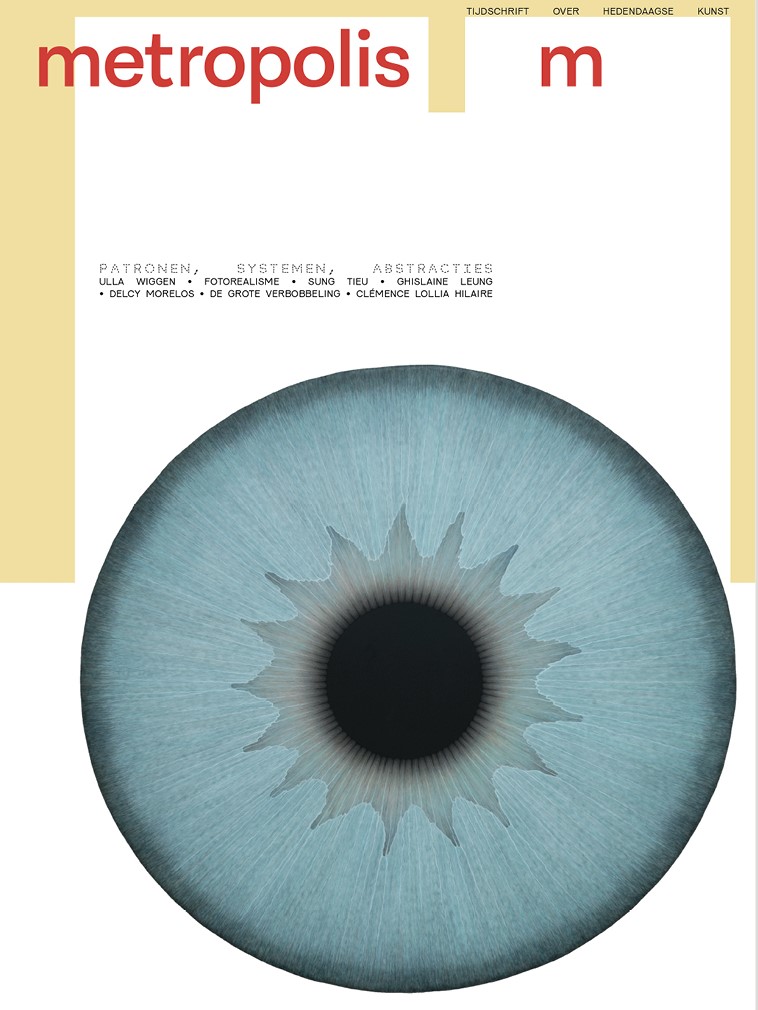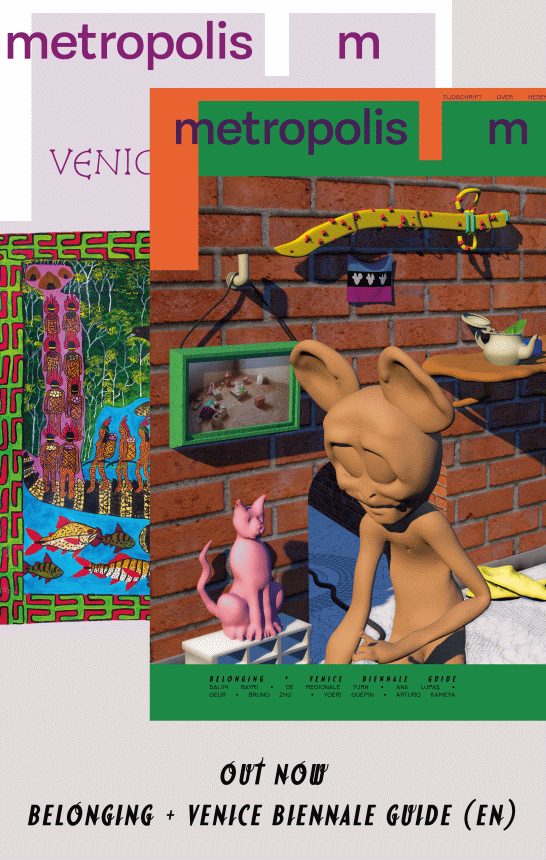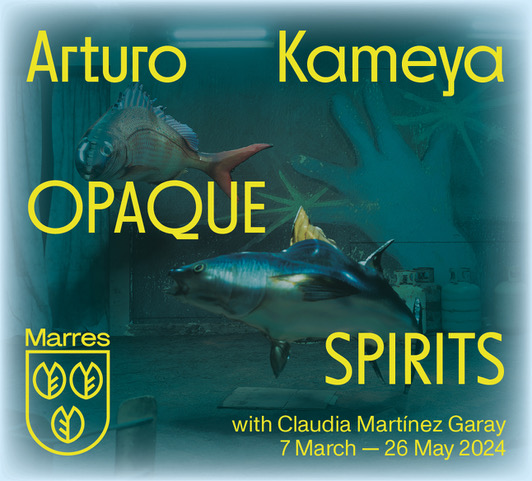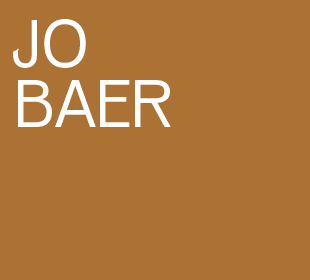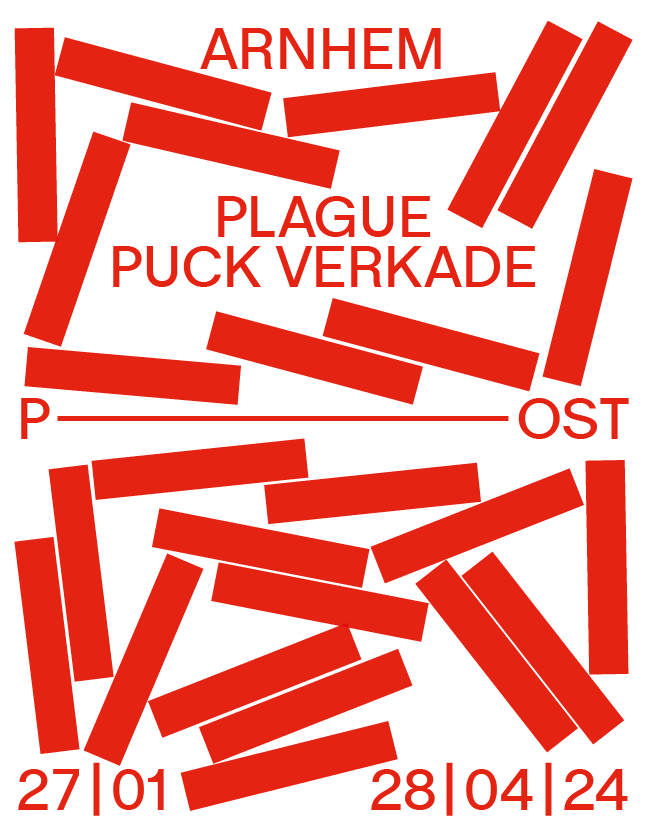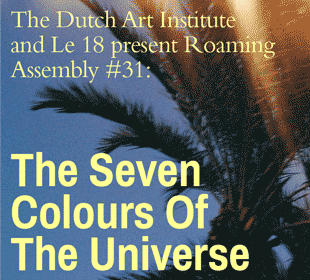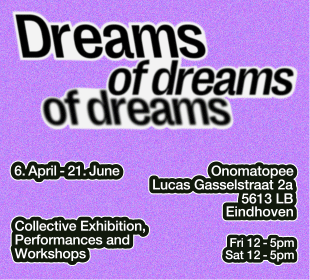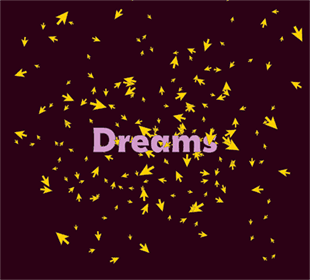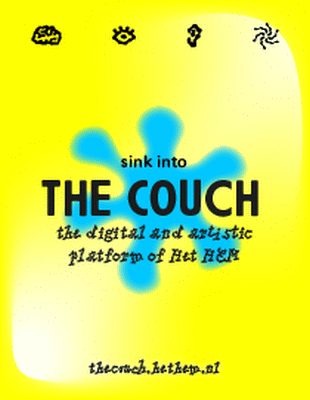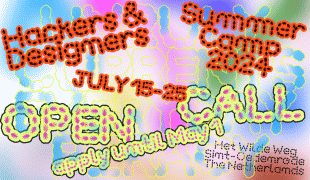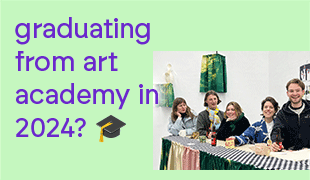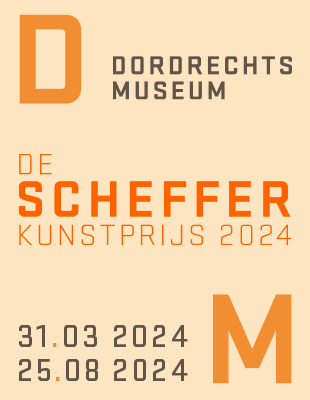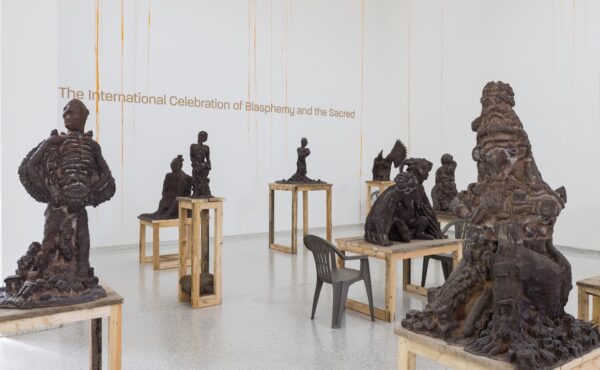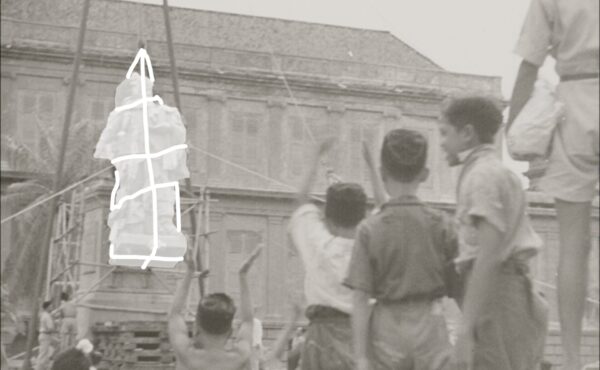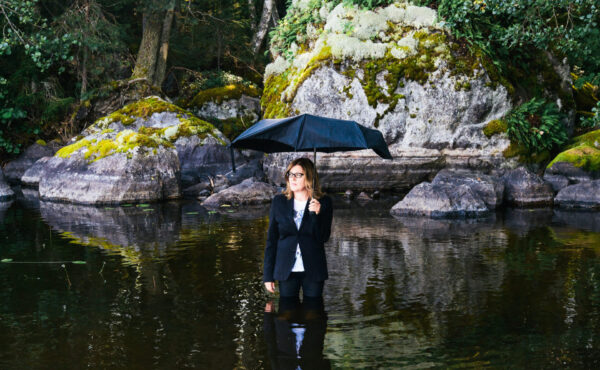
Desert Brainstorming Sharjah’s Third March Meeting

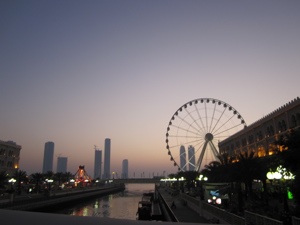


Although seemingly bankrupt the city of Dubai boasts the tallest building in the world and still hosts an art fair in March each year, its success made public via the ubiquitous e-flux mailing. The Sharjah March Meeting, on the other hand, is a self-determined annual networking event, set in the heart of ‘downtown Sharjah’ and marked by a ferris wheel, international cuisine with terraces along the water caters to the wealthy elite, without serving a drop of alcohol.
To speak about ‘urgent matters’ in art and culture within an urban setting that – for a non-educated eye, is comparable to a cardboard Hollywood movie set or to what many immigrants in the United Arab Emirates may call an Arabian Disneyland – is in itself an urgent matter that deserves a considerable pause. The contrast in such scenery is typical of the general contrasts that make up the different strata of the urban structure, population and culture in the Arab Emirates. And, in this sense, the ‘concept’ of Sharjah, or the Emirates in general, strikes as a powerful disruption or perhaps alienation from the general idea of what urban space and culture are supposed to mean to newcomers – let alone if those newcomers were flown in from the luxury of their ‘cultural noise’ to such a seemingly absurd and empty place. Someone brought up the matter during one of the corridor chitchats and coffee breaks programmed within the three-day art gathering ‘marathon’ in Sharjah.
Yet, as many of the artists, curators, and cultural producers participating in the event had implicitly agreed upon these observations, they also knew very well that such thoughts were particularly the axis around which their urgent matters could be straight forwardly articulated, making a lot of sense therefore in relation to one another… We are at the Sharjah March Meeting.
The Meeting
The Sharjah March Meeting is an annual gathering sponsored by the Sharjah Art Foundation, organized by Jack Persekian, the director of the foundation, in collaboration with Rasha Salti, and ArteEast, a New York based organization that aims at presenting the works of contemporary artists from the Middle East, North Africa and their diasporas. This year’s gathering brought together art professionals and institutions mostly from the region, a few from India and a couple from Europe, to share and discuss projects, ideas and dilemmas that, as Jack Persekian puts it, ‘weave possibilities of co-operations and joint-ventures […] and allow to map the regional cultural calendar for the coming years’.
Within this context, the Dutch Art Institute, a Masters programme (ArtEZ) Fine Arts in Enschede, the Netherlands was invited to submit a proposal for this event. This invitation was particularly directed to the DAI, known to have been attentive to the importance of leaping over the borders of its supposed ‘Dutchness’. Between 2006 and 2009 DAI organized an extended collaborative artistic research project that marked both its own structure and the practices of more than 75 young artists from different corners of the world, with significant transformations. This project, entitled ‘Here as the Centre of The World’, was curated and organized by Gabriëlle Schleijpen, Alite Thijsen and Lucy Cotter, involving artists and institutions from six different cities Beirut, Enschede, Khartoum, Diyarbakir, Damascus and Taipei – and consisting of ten-day workshops in each city. A series of lectures, artists’ talks and round-table discussions opened up local artistic, cultural and socio-political debates.


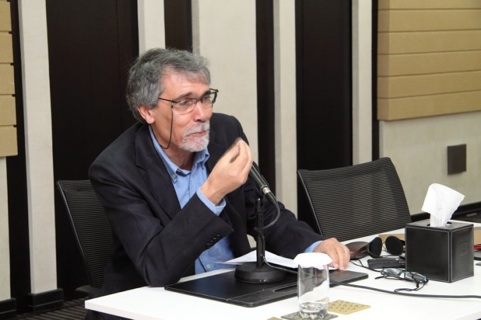
The workshops, using one ‘street’ in every city as a place of involvement, interaction and intervention, were an invitation for artists to ‘de-centre’ their practices – both to engage with a new ‘centre’ and to look differently at their usual artistic context. DAI alumna and former participant in ‘Here as the Centre of the World’, Rana Hamadeh, contextualized this project as a backdrop for ‘Space: the final Frontier?’, DAI’s selected proposal.
‘Space: the final frontier?’ (still a working title), is derived from ‘Negotiating Equity’, a DAI project conceived and organized by Renée Ridgway and continues the agency of ‘Here as the Centre of the world’ yet goes beyond the street as a field of inquiry. It merges with ‘Negotiating Equity’, which explores curation as artistic practice and addresses the role of the artist/curator. In this new proposal the position of the public is not only limited to that of participant as collaborator or viewer, but rather invites the public to engage in the process of curation. Looking for potential partners – which is exactly why we came to the March Meeting – the proposal’s keywords included collaboration, repossession and self-organization.
Back to the urgent matters, none more pressing than the context of Sharjah itself as the newspaper headlines tell the sordid tale of sentencing seventeen Indian nationals to death for killing a Pakistani man after a dispute over bootlegging. Concurring with such news, more than 30 other twelve-minute formal presentations took place at Multaqa Al Qasba. Most of the presentations were geared to conflicts in the Middle East, but with refreshing observations and clever appropriation of transport and bureaucracy as a weapon of power.
‘Picasso in Palestine’ is a project initiated by Khaled Hourani, and looks to the support of the Van Abbemuseum for allowing its Picasso to travel to Palestine. This project shows how it might be easier for a famous painting to travel across borders than people, without diplomatic help or passports. When it arrives in Palestine it is contained within a specially built structure for the exhibition so that people, in this case Palestinian citizens, could be able to view it.
Joumana al Jabri and Reem Charif from Febrik, a Lebanon based art and design NGO, work in UNRWA’s area of operations, such as the Palestinian refugee camp in Beirut and Northern Iraq. Their social practices include changing the public space and working with children, linking them to their greater context. Dream projects, mapping exercises and game research comprise their methodology. Issues that motivate their projects are performances within the city in the absence of playgrounds, or the regeneration of the city through making space for women to be outside and visible.
The ‘educational turn’ was addressed during this March Meeting, not only by DAI, but also Ashkal Alwan director and ‘Home Works’ organiser Christine Tohme, who announced the opening of her new academy in Beirut this coming May in a former furniture factory. The interests of Bayan Kanoo, director of art space Al Riwaq in Bahrain, lie as well in education, inviting curators and artists for workshops while rounding up students. It is very clear that many of these institutions are keen on creating new alternatives for art education, transgressing the official academic system with its very old fashioned, uncritical and skill-oriented approach. Away from the governmental models that contain education, there seems to be a real search for fresh innovative approaches that redefine their institutional framing.
‘Away from the governmental models that contain education, there seems to be a real search for fresh innovative approaches that redefine their institutional framing.’
Our attempt then to connect with other institutions and their respective agendas with our proposal, ‘Space the final frontier?’, surfaced with a few presentations. Beirut based Jadmur Collective’s practice is aimed at ‘repossessing’ public spaces in the city by taking over several apartments and opening them up to the public. Repossession, as opposed to the structuring of public knowledge traffic and exchange in terms of the state or clearly defined institutional structures, was not a topic raised by other presenters.
With the exception of Jananne Al-Ani, with her ‘The Aesthetics of Disappearance: A Land w/o People’, and CAMP (Ashok Sukumaran, Nida Ghousse and Shaina Anand) and their past/continuing Sharjah Biennial project ‘Wharfage’ that stood out above the rest. Most of the artistic presentations seemed to be vying for selection in the next Sharjah Biennial.
Peculiar to this March Meeting was a phenomenal interest by many of the artists and art institutions in addressing the issue of the archive. Both, Mia Jankowicz (Contemporary Image Collective) and Laura Carderera (Townhouse Gallery) reflected upon the roles that their institutions hold in Cairo, and upon the modes of knowledge production that their future archives could introduce. Yet, as extensive and politically challenging such a subject can be, some discussions on the archive could not reach beyond the search for a literal historical body to contain the present, nor could it elude at times the ‘taken forgrantedness’ of the archive’s status as some sort of a testimonial knowledge container.
Such emergent economy of ‘archival practices’ in the Arab world, with its devouring presence during the conference, appeared in this sense as if symptomatic of an institutional thirst (knowing that art institutions in many Arab countries are relatively new) to seek a historical extension that could re-awaken an assumedly lost modernity, while the context of this modernity was not even clearly defined. On the other hand, the relation between the institution, the archive and the public online seemed to still be uncharted territory, especially in regard to archiving on the web, and the reference of the archive to futurity was addressed very fleetingly. Only Pad.ma, an initiative in Mumbai lead by Shaina Anand, Ashok Sumaran, Sebastian Lutgert and Jan Gerber focused on digital archiving. Pad.ma relates to the archive, self-organization and the public differently from the institutional approach, through their capture and exposure of digital media.
Enwezor & Kilito
Two keynote lectures framed the March Meeting. It was very intriguing to hear Okwui Enwezor’s view on the archive, anachronistically, in relation to Abdelfattah’s Kilito’s lecture on translation. Okwui Enwesor, who is working on his book Rise and Fall of Institution and is the curator of Meeting Points 2010-2011, ended the meeting with a lecture titled ‘Notes on the Archive: Allegory in Fiona Tan’s Recent Videos’. Though not intentioned, he first felt compelled to address the ‘archive fever’ at the March Meeting with paradigms from his own practice, the archive and history, and the way in which the contemporary converges on Foucault’s archive as the appearance of unique events. As Enwezor stated, we live in an archival age, not bringing the past into the present but thinking historically in the present.

This notion of archival form, the notion of archive as medium (photos today) applies to Fiona Tan’s work Disorient (2009), which she showed at the Dutch Pavilion in Venice. Tan is a self-coined professional foreigner, born in a former Dutch colony, and uses the archive as a way of knowing, resisting utter failure of memory or mnemonic systems, rather exposing one to the other.
Keywords from our proposal ‘Space: the final frontier?’, like ‘self-curation’ and ‘self-organisation’ did not go unnoticed and were reiterated by Okwui Enwezor, although he favoured the moving picture, nowadays video, as archive.
Abdelfattah Kilito, the other keynote speaker from Rabat gave us lesson on the word, and translation. He is the author of Thou Shall Not Speak My Language (2002) and a number of books that reflect on language, translation, and the ambiguity of the use of foreign languages. From him we learned to throw away our books once they are translated, or to burn the original after translation, in the spectre of Alexandre the Great after he arrived in Persia. ‘If you use a foreign language perfectly, you are dead!’ The point being that every writer translates, as we do also in the here and now. Both lectures by Abdelfattah Kilito and Okwui Enwezor served as a much-needed frame to contain and contextualize the very short presentations and the fleeting moments of discussions in between. Yet, still, there is much to reflect upon.
Renée Ridgway is an artist, free-lance curator, writer and educator based in Amsterdam, the Netherlands. Ridgway organises Negotiating Equity, a collaborative project at DAI, (Dutch Art Institute Masters Programme ARTEZ) which investigates curation as artistic practice.
Rana Hamadeh is a visual/performance artist from Beirut currently based in the Netherlands. Her works include the ongoing discursive project GRAPHIS N°127, an umbrella for several collaborations, performances & publications.
Renée Ridgway & Rana Hamadeh
